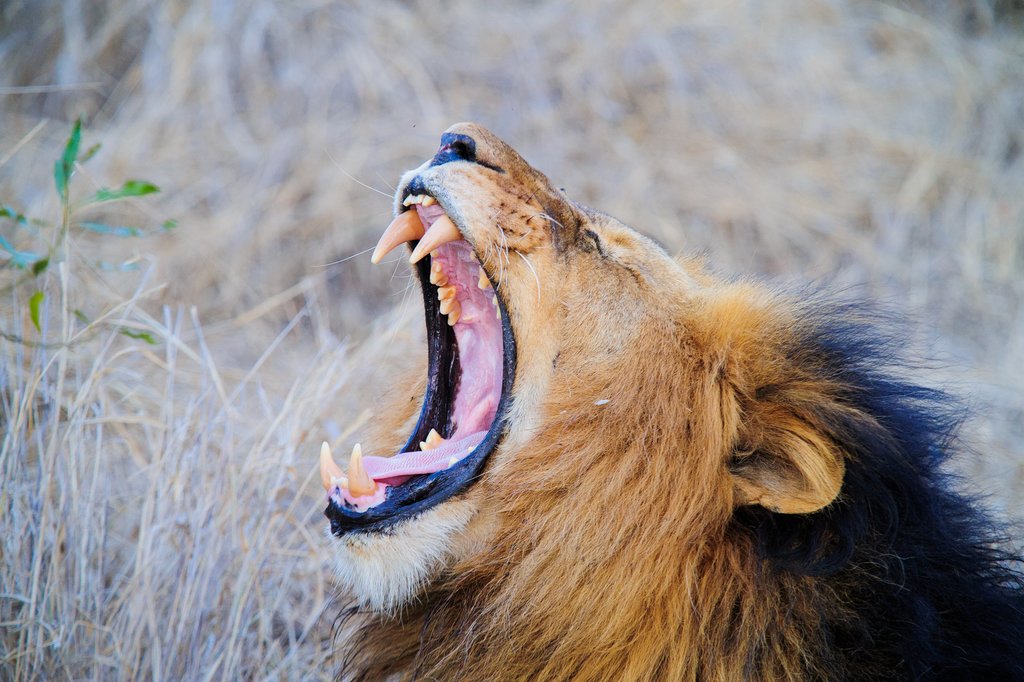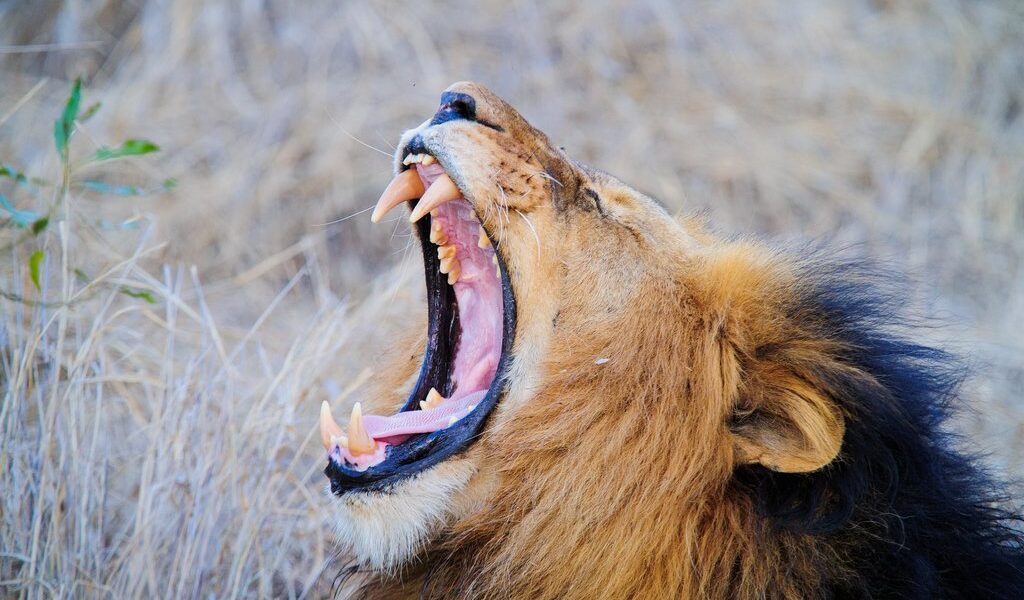
Halfway through the year marks the start of safari peak season in South Africa’s north, where the wildlife viewing is enhanced by less dense winter foliage and the concentration of game at waterholes. By contrast, this is the rainy midwinter “green season” in the Cape, with cooler temperatures, unpredictable rains, and even snow dusting the mountaintops. Read on for more of what to expect and do in South Africa in June.
June in South Africa presents a unique travel experience, influenced significantly by the weather patterns across its diverse landscapes. While some regions may experience the chill of winter, others offer pleasant sunshine and outdoor opportunities. Understanding these variations is key to planning a memorable trip.
**Weather Considerations**
Cape weather during June is notoriously unpredictable. Temperatures struggle to climb above the mid-60s Fahrenheit, and rainfall is common, potentially dampening plans for extensive beach activities. However, these cold fronts are typically short-lived, quickly followed by bright, clear days that illuminate the rapidly greening landscapes. The transformation of the scenery is a beautiful spectacle as the region embraces the winter rains.
While the Western Cape is often drenched in rain during June, Johannesburg and the northern game parks enjoy a significantly drier climate. In fact, these areas experience almost no rainfall throughout the entire month. However, visitors to the high veld should be prepared for frosty nights and unexpectedly cold mornings. The temperature drop can be quite significant, especially away from the urban warmth. Regardless of your chosen destination, packing warm clothing is crucial for this time of year, especially if you plan to participate in early morning or evening game drives. The chill in the air can be quite intense, particularly in open vehicles. Expect average daytime temperatures to hover around 64°F (18°C) in Cape Town, a slightly cooler 63°F (17°C) in Johannesburg, and a warmer 77°F (25°C) in Kruger, showcasing the climate variations across the country. These temperature differences highlight the need to pack accordingly for each region you intend to visit.
**Crowd Dynamics and Costs**
Cape Town and the broader Western Cape tend to experience a relatively lower influx of tourists in June. This can translate to excellent deals on accommodation and activities, even during the three-week school holiday period that commences in late June and continues into July. During this school break, many local families take advantage of the opportunity to travel, leading to increased activity at popular destinations.
Conversely, June marks the beginning of the peak season for safaris in the northern game parks. As a result, many of these parks can feel quite crowded. Securing your preferred accommodation well in advance is essential to avoid disappointment. If possible, consider visiting in early June to sidestep the peak of the school holiday rush. While numerous hotels in Cape Town and along the scenic Garden Route offer enticing off-season discounts, the situation is reversed in Kruger and other northern game parks. Here, peak-season rates are the norm, reflecting the high demand for wildlife viewing experiences during this time.
**Destination Highlights**
June is widely regarded as one of the best months for prime game viewing. The deciduous trees have shed their leaves, providing unobstructed views of the animals. Wildlife congregates around waterholes, making sightings more frequent and predictable. Kruger National Park and its adjacent private game reserves can become particularly crowded during the latter half of June, coinciding with the mid-winter school holiday. To avoid the congestion, consider planning your visit for the early part of the month. Alternatively, explore some of the lesser-known reserves located further afield, such as Tswalu Kalahari and the Kgalagadi Transfrontier Park, renowned for their magnificent black-maned lions. Although the sunny days offer warmth, be aware that temperatures can plummet below freezing at night. Packing warm clothing is therefore imperative, especially for those exhilarating early morning game drives.
June also heralds the start of the whale migration along the Cape coast, providing compelling reasons to visit Hermanus and witness the majestic arrival of these marine giants. However, be prepared for busier roads and seaside towns once the winter school break commences after mid-June, as local families flock to the coast to enjoy whale-watching season. Along the coastal Garden Route, anticipate the possibility of wet and cold winter weather. However, if you continue driving north along the Indian Ocean coastline, you’ll discover that June is an ideal time for a warm and sunny beach holiday around Durban and the stunning KwaZulu-Natal coast.
**Activities and Experiences**
South Africa is home to some of the world’s most prestigious golf courses, and June presents an excellent opportunity to tee off at Leopard Creek, situated on the southern border of Kruger National Park. This signature course, meticulously laid out along the Crocodile River, has played host to some of South Africa’s most significant golf tournaments. The unique setting offers the chance to observe hippos wallowing in the water hazards or giraffes gracefully crossing the greens, creating an unforgettable golfing experience. For the ultimate test of skill and daring, consider a visit to the Legend Golf Resort in Limpopo. Its Extreme 19th hole is perched atop Hanglip Mountain and can only be accessed by helicopter.
While June might not be the most suitable time to drive the Garden Route due to potentially inclement weather, the Wild Coast beckons with its milder temperatures north of Port Elizabeth. Combine this breathtaking stretch of the Indian Ocean coastline with an inland journey to the charming university city of Makhanda to fully immerse yourself in the vibrant atmosphere of the National Arts Festival. This festival, spanning 11 days and encompassing a diverse range of artistic disciplines, promises to captivate and entertain. Given its popularity and the expected attendance of over 200,000 visitors, securing your reservations well in advance is highly recommended. From there, venture to nearby King William’s Town to embark on the “Nelson Mandela Route,” passing through Mthatha (home to the Nelson Mandela Museum), Qunu (where Mandela spent his formative years), and Mvezo (his birthplace, now featuring a thatched open-air museum).
**June Events to Note**
* **National Arts Festival, Makhanda (Grahamstown):** The Eastern Cape hosts South Africa’s largest arts festival, showcasing a wide range of genres from visual art to fringe theater. Performances are held in numerous venues across the town. Remember to pack warm clothing, as Makhanda, situated at an elevation of almost 2,000 feet (600 meters), can experience chilly conditions.
* **Soweto International Jazz Festival, Johannesburg:** Each year in mid-June, the vibrant Johannesburg suburb of Soweto resonates with the sounds of jazz and other musical genres during this four-day festival. Local artists share the stage with international Grammy Award winners, creating a dynamic and unforgettable musical experience.
* **Winter Wonderland Festival, Gordon’s Bay:** Held over two weekends in June, this long-standing festival is a fantastic destination for families with children. Set against a picturesque Riviera-like backdrop, the festival features a Carnival parade, a captivating Festival of Lights, a Winter Palace with actual snow falling, and a variety of activities ranging from fun-fair rides to face painting, guaranteeing entertainment for all ages.
(Word Count: 1010)
B-2302

